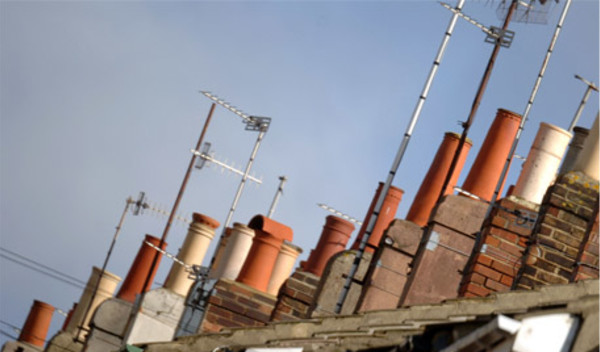

Fears about the impact of next month’s stamp duty hike for buy-to-let landlords are being overblown, according to industry stakeholders, who have calculated the annual cost will be less that 20 basis points.
Landlords face two major legislative challenges, with a 3 per cent surcharge on stamp duty for buy-to-let purchases coming into effect from 1 April, along with changes to tax due in 2017.
But a recent report from the Intermediary Mortgage Lenders Association pointed out that once the 3 per cent stamp duty surcharge is averaged over the life of a typical buy-to-let investment - 20 years according to Association of Residential Letting Agent estimates - it costs a modest 0.15 per cent a year.
The additional income tax burden on landlords of around £870m - from the restriction of the mortgage interest deduction and the end of the wear and tear allowance - is equivalent to 1.8 per cent of the £50bn estimated revenues of the private rented sector as a whole, according to Imla.
“Although significant, this is unlikely on its own to seriously dent landlord ambitions at a time when tenant demand and rents are rising, although some highly leveraged landlords will face much higher tax bills,” the report stated.
A spokesman for the National Association of Commercial Finance Brokers said he did not expect the stamp duty changes to have a big effect.
“They might reduce the average size of the properties which buy-to-let landlords invest in, or it might also be the case that a few buy-to-let investors consider a move into development finance.”
Chris Maggs, Accord’s buy-to-let commercial manager, said: “Once the stamp duty increase is introduced in April, coupled with other looming tax changes, it is likely that the number of landlords purchasing new properties will wane.
“However, we may see an increase in remortgage activity as landlords try to juggle their finances. We expect to not see much movement in the buy-to-let market for the rest of the year.”
During FTAdviser’s live debate on buy-to-let market opportunities this week (22 March), panellists gave their views on what the buy-to-let market was likely to look like after the spring.
Charles Haresnape, group managing director of Mortgages at Aldermore Group, mentioned new Office for National Statistics data which confirmed house price growth of just under 8 per cent over the year to January, aided by strong buy-to-let demand prior to the stamp duty changes.
“We all knew this was likely and all lenders I speak to say demand for buy-to-let has been strong in the fourth quarter last year and early this year.
“This is likely to reduce significantly during the rest of the year and will be a particularly slow second quarter. That said over the medium term the fundamentals for buy-to-let remain strong,” he added.
Andrew Montlake, director at London-based broker Coreco, said that there will undoubtedly be some kind of drop off, although this is unlikely to be as pronounced as some of the “doom mongers” suggest.
“The difference will be where amateur landlords are concerned and those with one or two properties who were going to buy another will be the ones to drop out or think again,” he said.
The Society of Mortgage Professionals’ head of professional development Lee Travis agreed that it is reasonable to expect some form of plateauing as the market adjusts to the changes.
“The current surge in buy-to-let lending is likely to stabilise or maybe fall back a little. However, as landlords, generally speaking, are in it for the long term, we may not see a significant drop-off in buy-to-let sales post April.”
The Association of Residential Letting Agents’ February private rental sector report, published today (23 March), suggested the April changes will increase rent costs for tenants and trigger a decline in the supply of available properties.
Over half of letting agents saw an uplift in interest from buyers looking to invest in buy-to-let properties before the stamp duty reforms come into effect – up from 47 per cent in January – but after the deadline, two thirds predict supply will fall.
This contrasted with broker views gathered by Natwest Intermediary Solutions in January, which revealed that while a third expected to see a further increase in buy-to-let business, four in 10 expected to see a decrease and just over a quarter expected it to remain stable.
Adviser View
Mark Harris, chief executive of SPF Private Clients, said: “The buy-to-let changes will make it more challenging for investors to make the profits they have made in the past but we don’t expect to see a mass exodus from the sector.
“Buy-to-let has been a popular investment and where else would investors put their money anyway - into savings accounts earning next-to-nothing in interest? Or equities which have a tendency to be volatile?”
peter.walker@ft.com



